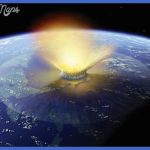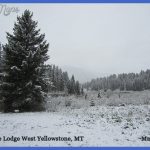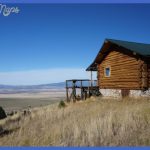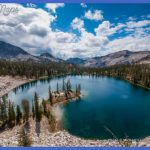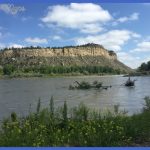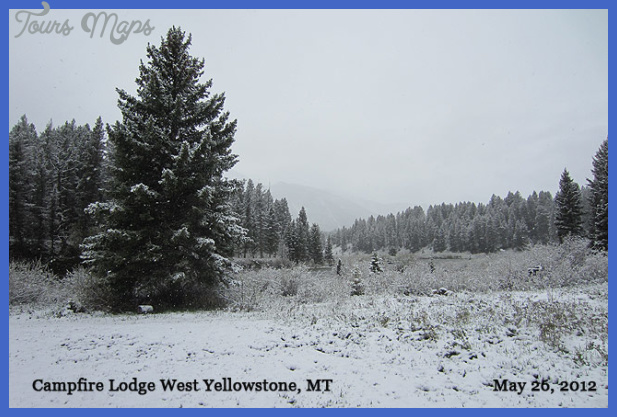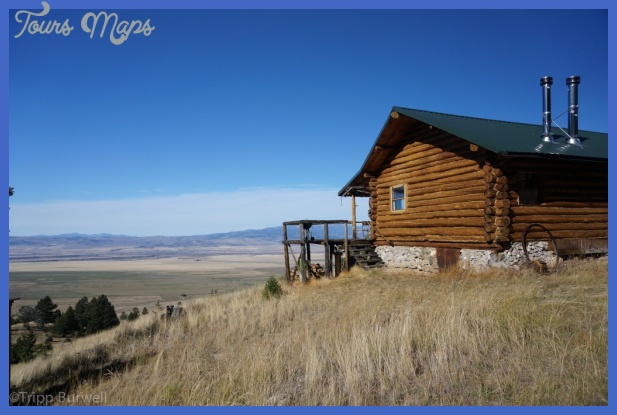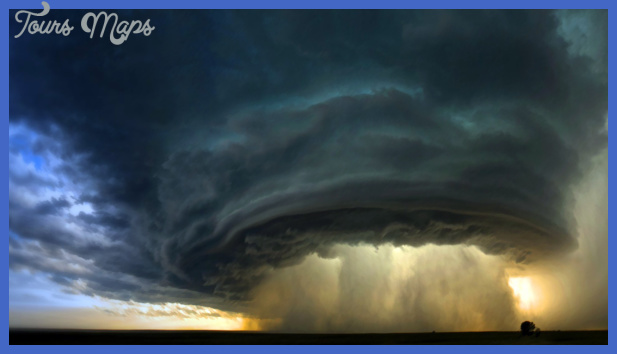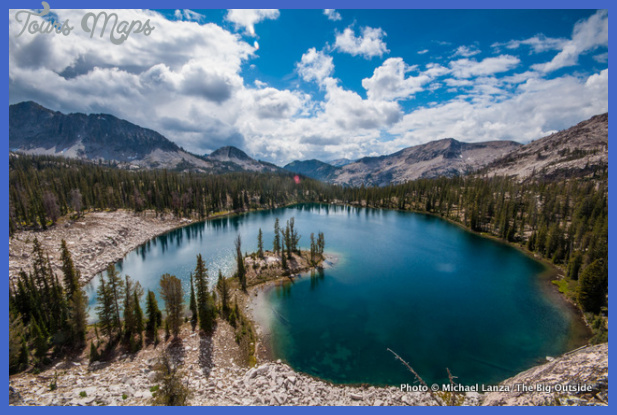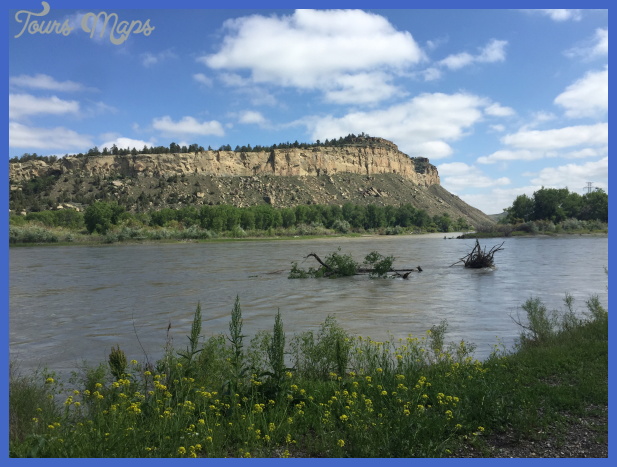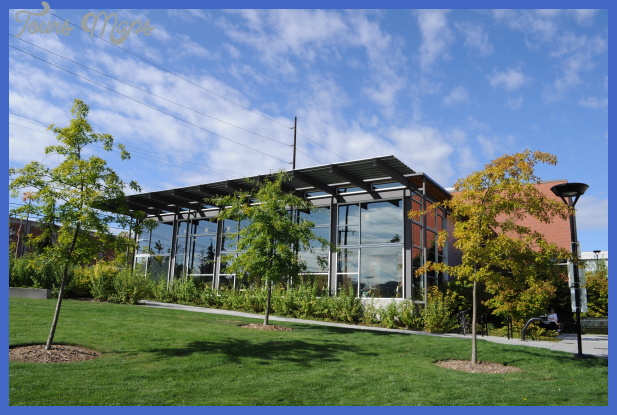From just inside the North Entrance gate, look toward the west to see Electric Peak (usually snow-capped), about 7 miles (11 km) away near the Montana/ Wyoming state line. At 10,969 feet (3343 m), it’s the highest peak in the Gallatin Range and was believed to be the highest in the park until 1930s surveys showed Eagle Peak in the southeast corner to be 389 feet (112 m) higher (11,358 ft/3462 m). Electric Peak got its name from a strange experience reported by members of the 1872 Hayden expedition. While attempting to climb this peak, the men heard crackling sounds, felt electric shocks, and found their hair standing on end. This experience has not recurred as far as is known, but electric storms are indeed common during the late afternoon. The mountain to the southwest is Sepulcher Mountain (9652 ft/2942 m). The name probably came from a tomblike formation in the rocks near the summit of the mountain. Both Electric and Sepulcher are made of sedimentary rocks about 100 million years old. Slumping down toward the road from Sepulcher’s northeast side is an obvious area of hummocks; that is, rounded humps left behind by major landslides.
Geologists theorize that the underlying layer of shale on Sepulcher became water-saturated, allowing the volcanic rocks on top to slowly slide down. To the southeast is a gradual slope to the top of7841-foot (2390 m) Mount Everts. The mountain is named for Truman Everts, assessor of internal revenue of Montana Territory. But that’s not why he’s famous. In 1870, before there was a national park here, Everts was accidentally separated from the Washburn-Langford exploration party and lost for a total of 37 days during inclement autumn weather. Without food for much of that time, he somehow made his way from south of Yellowstone Lake to near Crescent Hill, about 12 miles (19 km) east of Mammoth. There, mountaineers Jack Baronett and George High Road when it and the present main route into the park were about equal in importance. Near the entrance station, you might want to pull over and look around at the mountains. Pritchett found him, unable to walk and barely alive. When the friend who had offered a $600 reward demanded that Everts pay it, he refused, saying he would have found his way out without help! He recovered from his ordeal and survived to father a child when he was almost 75. This 8-mile-long (13 km) trail was part of the primitive 19 th century Turkey Pen Road that miners used to reach Cooke City from Gardiner. Today’s trail climbs about 1200 feet (365 m) along the back of Mount Everts and then descends to rejoin the Grand Loop Road at Blacktail Deer Creek east of Mammoth. Rescue Creek’s name is the result of a misunderstanding from long ago.
Ferdinand Hayden, leader of three 1870s expeditions through the park, thought that the mountain now called Mount Everts was where the lost Truman Everts had been found. Hayden named the creek that skirts the mountain accordingly, and the name has never been changed. The field northeast of the footbridge had several uses in the early 1900s. Alfalfa and then wheat were planted on the flats near Gardiner. Part of the large field was used as a 1000-yard (914 m) target range for the U.S. Cavalry in the years when they patrolled the park (1886 to 1918); the butts, or trench in which the target crew operated, still remains at the north end. To the southeast is the northern shoulder of Mount Everts, called McMinn Bench, where a man named Silas McMinn was allowed to mine coal from a tunnel he dug and sell it to the National Hotel at Mammoth in the late 19 th century.
How the Mountains Around You Got Their Names Yellowstone Photo Gallery
Maybe You Like Them Too
- The Best Cities To Visit in The World
- World’s 10 Best Places To Visit
- Coolest Countries in the World to Visit
- Travel to Santorini, Greece
- Map of Barbados – Holiday in Barbados

